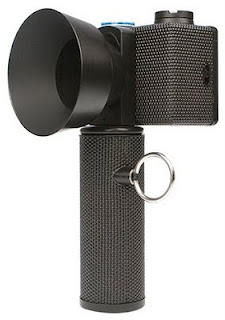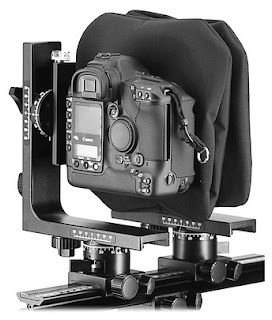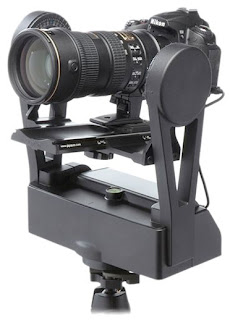Depending on its use in print or electronic media, a low-res image may be “placed” at a size larger than its native dimensions through the use of an application such as InDesign or Dreamweaver. Under these circumstances, you are at the mercy of the software that will “rip” the image into a PDF or other press-compatible format, or the imaging engine within the web browser or other viewing application. By increasing the resolution in the post-processing phase, you will have more control over how the image will be appear in its final form.
Through the process of “resampling”, an image’s pixel resolution can be increased to an adequate density to avoid “aliasing” (the visibility of individual, square image pixels). However, the actual image information does not increase. Additional pixels needed to make up the difference in resolution are added based on averaging values between the original pixels. This results in a softening of the image. However, there are steps we can take to create the illusion of sharpness and detail.
Images that have been resampled are often void of any significant texture. This texture can result from film grain or sensor noise, but it adds to the perception of sharpness.
Sharpening the image through the use of Unsharp Mask can also restore the perception of sharpness, but it will also accentuate the pixels themselves, so it must be done after resampling.
Finally, the resampling process itself is critical, as it too will accentuate the pixels, resulting in “aliasing”, creating jagged, stepped edges on curved or diagonal elements.
How to Enhance a Low Res Image
The original image was taken with a zoom lens set at 85mm (127.5mm equivalent):
 |
| Original version 4,288 x 2848 pixels. |
It was then cropped as desired to achieve the equivalent of using a 286mm lens, a 224% enlargement:
 |
| Cropped version, 635 x 956 pixels |
However, the image is now considered low resolution, the effective resolution having dropped from 300 ppi to 133.78 ppi. Through resampling, we can restore the original resolution to 300 by interpolating (adding additional pixels between the exiting ones by averaging their values). The image is now 4,288 x 2848 at 300 ppi, but has softened due to the effects of interpolation. By using the steps below, we can enhance the image to mask these undesireable effects:
1. In Photoshop’s Image Size dialog (Command + Option + I), enter in the target dimensions, check the “Resample Image” box, and select “Bicubic Smoother” from the menu…
2. Apply Filter > Sharpen > Unsharp Mask at a high amount and low radius…
3. Apply Filter > Noise > Add Noise…
4. Finally, Apply Filter > Blur > Gaussian Blur… at a very small radius (under 1 pixel) to take the edge off the grain and make it appear more natural, like film grain…
The values used here are good starting points, but you may want to adjust them for optimum results. The goal is to avoid the telltale halos of sharpening at a high radius and to add detail in the form of random noise to hide the effects of interpolation through resampling.
 |
| Final image, restored to its original pixel dimensions of 4,288 x 2,848. |
I’ve used this technique successfully with clients who have supplied me with low-res images. After processing, the client was unable to tell that the source was the original low-res image.


























































